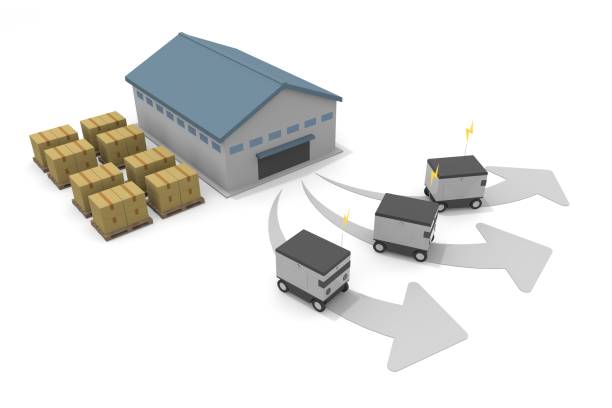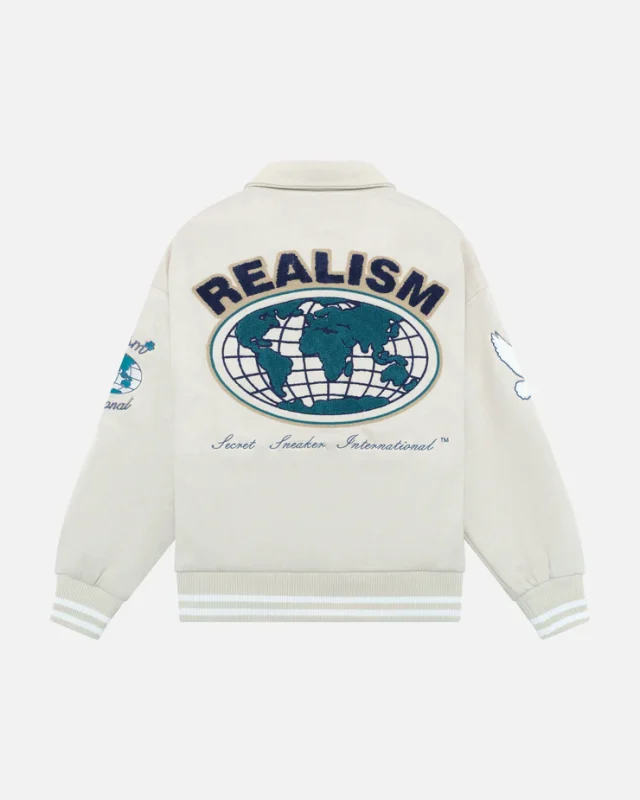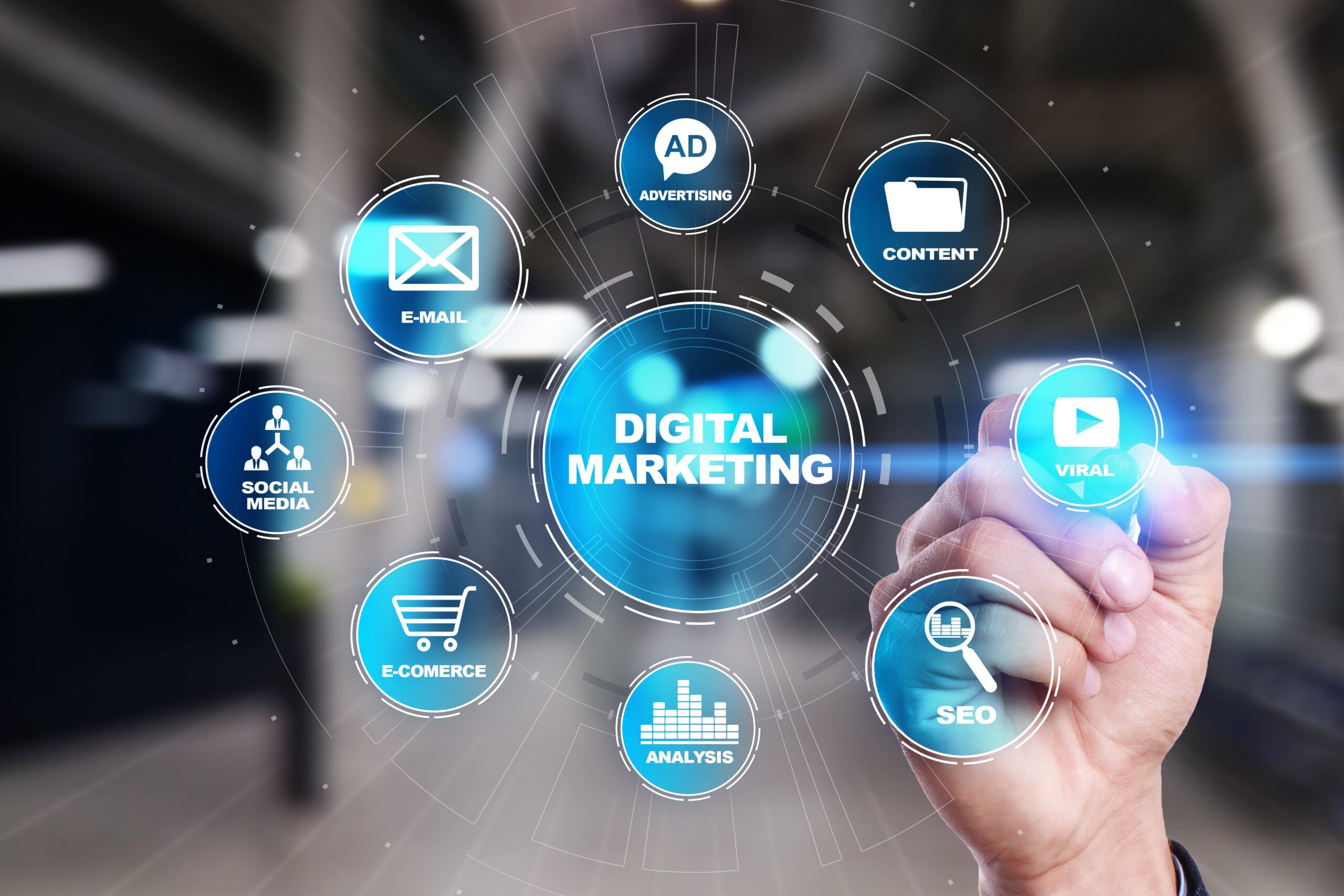
The global reverse logistics market is experiencing robust growth, driven by increasing e-commerce activities, stringent environmental regulations, and the rising need for efficient product returns and recycling processes. Businesses are adopting reverse logistics solutions to minimize waste, reduce costs, and enhance sustainability. According to recent projections, the market is expected to grow at a CAGR of 4.8% from 2025 to 2033, reaching a substantial valuation. Key factors fuelling this expansion include technological advancements, the circular economy trend, and the growing emphasis on supply chain optimization.
Study Assumption Years
- Base Year: 2024
- Historical Year: 2019-2024
- Forecast Year: 2025-2033
Reverse Logistics Market Key Takeaways
- The market size was valued at USD 678.8 Billion in 2024 and is projected to reach USD 1,031.6 Billion by 2033, growing at a CAGR) of 4.8%.
- E-commerce expansion is a major driver, increasing demand for efficient return and exchange processes.
- Sustainability initiatives and government regulations are accelerating reverse logistics adoption.
- North America dominates due to advanced supply chain infrastructure and high e-commerce penetration.
- Automotive and electronics sectors lead in reverse logistics due to high product return rates.
- AI and automation are transforming reverse logistics with smarter sorting and tracking systems.
- Asia-Pacific is the fastest-growing region, driven by booming e-commerce and manufacturing sectors.
Market Growth Factors
- Importance of Reverse Logistics in Supply Chain Management
With the rapid growth of e-commerce, we’ve seen a significant rise in product returns, which has made reverse logistics a vital component of supply chain management. Customers today want easy return options, prompting retailers to invest in more effective reverse logistics solutions. A lot of companies are now using AI for tracking and automated sorting to simplify the returns process, helping to lower costs and enhance customer satisfaction. Moreover, the expansion of second-hand marketplaces has increased the demand for refurbishment and resale logistics, driving further growth in the market.
- Innovation in Reverse Logistics Technologies
Governments all over the world are ramping up environmental regulations, encouraging businesses to adopt sustainable reverse logistics practices. The circular economy model emphasizes recycling, refurbishing, and remanufacturing, which significantly reduces waste and conserves resources. Increasingly, companies are implementing green logistics strategies, such as reusable packaging and eco-friendly disposal methods, to comply with regulations and meet consumer expectations for sustainability. This transition is driving innovation in reverse logistics technologies and processes.
- Emergence of Advanced Technologies in Reverse Logistics
The rise of AI, IoT, and blockchain technology is revolutionizing reverse logistics by boosting both transparency and efficiency. With automated warehouses that feature robotic sorting systems, processing times have seen a significant drop. Predictive analytics play a crucial role in optimizing return flows, while blockchain technology provides secure tracking of returned items, helping to combat fraud. Additionally, big data analytics enables businesses to anticipate return trends and enhance inventory management, turning reverse logistics into a more strategic and cost-effective operation.
Request for a sample copy of this report:
https://www.imarcgroup.com/reverse-logistics-market/requestsample
Market Segmentation
Breakup by Return Type:
- Recalls – Involves retrieving defective or unsafe products from consumers.
- Commercial Returns – Covers product returns due to customer dissatisfaction or order errors.
- Repairable Returns – Includes products sent back for repairs under warranty.
- End-of-Use Returns – Pertains to products returned after their usable lifecycle.
- End-of-Life Returns – Focuses on recycling or disposing of products that can no longer be used.
Breakup by Service:
- Transportation – Covers the movement of returned goods.
- Reselling – Involves refurbishing and reselling returned items.
- Replacement Management – Handles product exchanges efficiently.
- Refund Management Authorization – Streamlines refund processing.
- Others – Includes additional services like warehousing and disposal.
Breakup by End User:
- E-Commerce – Leading segment due to high return rates.
- Automotive – Focuses on parts recycling and recalls.
- Pharmaceutical – Manages expired or recalled drugs.
- Consumer Electronics – High return rates due to defects or upgrades.
- Retail – Handles merchandise returns and exchanges.
- Others – Includes industries like aerospace and construction.
Breakup by Region:
-
- North America (United States, Canada)
- Asia Pacific (China, Japan, India, South Korea, Australia, Indonesia, Others)
- Europe (Germany, France, United Kingdom, Italy, Spain, Russia, Others)
- Latin America (Brazil, Mexico, Others)
- Middle East and Africa
Regional Insights
North America is at the forefront of the reverse logistics market, thanks to its sophisticated supply chain networks, a booming e-commerce scene, and strict environmental regulations. The U.S. takes the lead, bolstered by its robust retail and technology industries, while Canada is making strides in sustainable logistics. With a strong emphasis on automation and AI-driven solutions, the region is boosting efficiency and solidifying its position as the top revenue generator in the global reverse logistics arena.
Recent Developments & News
In recent times, the reverse logistics market has been buzzing with advancements. We’re talking about AI-driven tools that can predict returns, blockchain for clear tracking, and robots taking over sorting tasks in facilities. Many companies are joining forces with third-party logistics (3PL) providers to enhance their return processes. Plus, there’s a growing focus on sustainable packaging and zero-waste initiatives, which really resonate with global environmental objectives. Innovations like smart labels and automated refund systems are also making reverse logistics operations smoother than ever.
Key Players
C.H. Robinson Worldwide Inc., Core Logistic Private Limited, Deutsche Post AG, Fedex Corporation, Happy Returns Inc. (PayPal Holdings Inc.), Kintetsu World Express Inc. (Kintetsu Group Holdings), Optoro Inc., Pitney Bowes Inc., Reverse Logistics Group, Safexpress Pvt Ltd, United Parcel Service Inc., Yusen Logistics Co. Ltd. (Nippon Ysen Kabushiki Kaisha), etc.
Ask Analyst for Customization:
https://www.imarcgroup.com/request?type=report&id=4976&flag=C
If you require any specific information that is not covered currently within the scope of the report, we will provide the same as a part of the customization.
About Us:
IMARC Group is a global management consulting firm that helps the world’s most ambitious changemakers to create a lasting impact. The company provides a comprehensive suite of market entry and expansion services. IMARC offerings include a thorough market assessment, feasibility studies, company incorporation assistance, factory setup support, regulatory approvals and licensing navigation, branding, marketing and sales strategies, competitive landscape, and benchmarking analyses, pricing and cost research, and procurement research.
Contact Us:
IMARC Group
134 N 4th St. Brooklyn, NY 11249, USA
Email: sales@imarcgroup.com
Tel No:(D) +91 120 433 0800
United States: +1-631-791-1145






